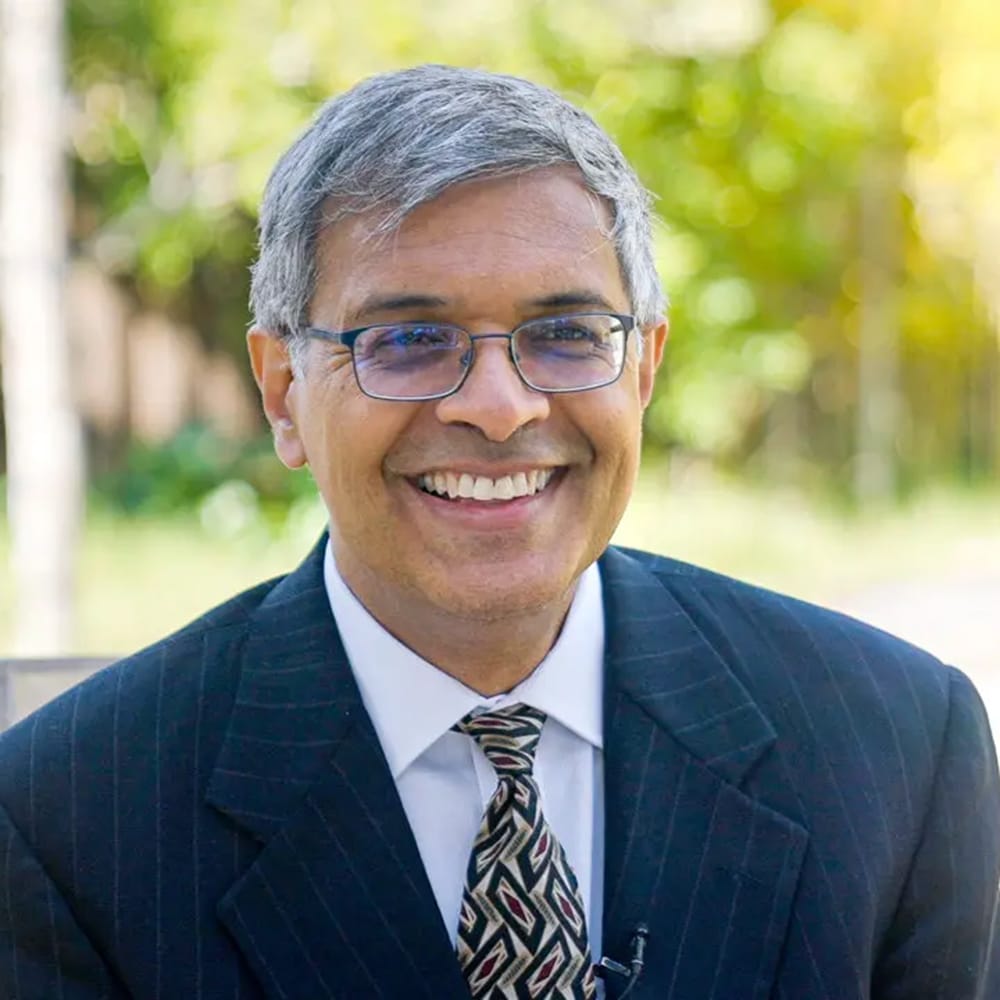A large share of COVID-19 deaths have taken place in nursing homes. This represents a catastrophic failure of public health to act creatively to protect the older folks living there. The great mistake was thinking that lockdowns would be sufficient to prevent the disease from reaching this vulnerable population. It was not. Despite lockdowns, roughly 40% of COVID deaths have taken place in nursing homes.
Some nursing homes took this lesson to heart and moved heaven and earth to prevent COVID from entering the premises – a focused protection approach that I have advocated.
Others were obviously less successful.
But, I have to admit that even the focused protection approach has its costs. What do the experiences of lockdown and focused protection mean for people living in nursing homes and care homes? If you permit me, I will tell a story that illustrates the painful tradeoffs.
My friend, Glenn, died last summer. I met him a few years ago when he joined my church and the study I lead there every Sunday morning. His wife had just died of cancer, and he was looking to reconnect with the faith of his youth. Though we did not have much in common superficially, we hit it off almost from the first moment, and we always found stories to share that will forever enrich me. He was in his 70s and a cancer survivor when we met. In 2019, though, the cancer came back, and I feared it would be a tough haul for him. Unfortunately, it was.
As his health started to deteriorate, he could no longer take care of himself. He entered a nursing home in July 2020 in locked-down California. The terrible experience of nursing homes early in the epidemic in New York and elsewhere had taught Glenn’s nursing home that it was vitally important to keep anyone infected with COVID-19 out of the facility. It was a lesson they pursued with vigour.
His nursing home did some sensible things like providing high-quality masks for visitors and staff, symptom and temperature checking for permitted visitors, and scaling back events involving large gatherings. They also did some things that were not so sensible, like limiting the time that residents could spend outdoors to less than an hour a day, requiring that residents take all meals in their rooms alone, and enforcing a two-week, in-room quarantine after any trip outside the facility (including for doctor visits) – even after a negative PCR test.
Since I was not in Glenn’s immediate family, I was not permitted to visit. I went anyway, at least once a week, on Sunday during his brief outdoor time. The rules more or less ensured every resident was lonely, and Glenn felt the lack of companions acutely. His son and younger daughter live locally, and they would visit, which made him very happy. But Glenn craved connection with his friends. So I went anyway, despite the restrictions.
There is a fence at the edge of Glenn’s nursing home complex. He and I would visit – outdoors, both masked, each of us six feet from the barrier. We had to yell so that we could hear each other. If either of us approached the fence, a staff member was there, waiting to reprimand us.
It was frustrating – all the more so given the paucity of evidence that the virus spread efficiently outdoors – but also glorious to connect with my friend even though we were 12 feet apart.
Week by week, I watched Glenn shrink and fade. It was, in part, the cancer but, even more, it was the enforced isolation that took its toll on him. He did, however, remain safe from COVID-19; the disease did not spread in his nursing home during his residence, and he was never infected.
During our visits, he told me that he spent his days alone in his room, with no sense of time passing. Except for the occasional visitor – like his kids or me – his experience was essentially solitary confinement. Nursing home staff would set his meals outside of his room and leave before he retrieved them. No contact. Once, he fell while taking a shower, and it took a long time before a staff member found him unconscious. Far too long.
Two weeks before he died, Glenn’s older daughter came from out of state to visit her dad. They both knew that there would be no more chances to see one another after this. Glenn wanted to return to his home for a few days and let his daughter take care of him, but the nursing home told him that he would not be welcome back if he did – because of the COVID risk.
Glenn left anyway and had a sublime week with his daughter. I visited once, and his joy was palpable. It had a physical presence all its own and coexisted – side-by-side – with sadness about what lay ahead. We talked and prayed without masks or distance that day, and he told his daughter and me stories about his youth, which I will never forget.
Just before his daughter left for the long drive home, she begged his nursing home to take him back, and after a negative test, they finally did. Not long after that, Glenn died with his son and younger daughter nearby.
What is the lesson we can draw from Glenn’s last days? Mainly this – if abstractions like lockdown and focused protection are imposed without regard to the human costs, only inhumane outcomes can result. The control of COVID-19 spread, even to vulnerable people, is undoubtedly good – but it is not the only good.
Some things in life – and death – are more important than COVID-19, and our public health authorities would do well to remember that fact.
Join the conversation:


Published under a Creative Commons Attribution 4.0 International License
For reprints, please set the canonical link back to the original Brownstone Institute Article and Author.









